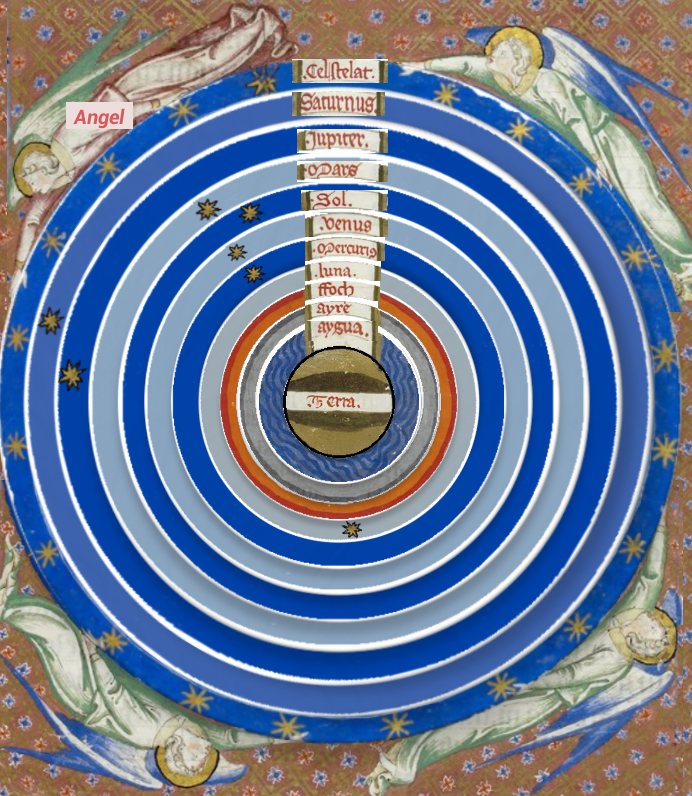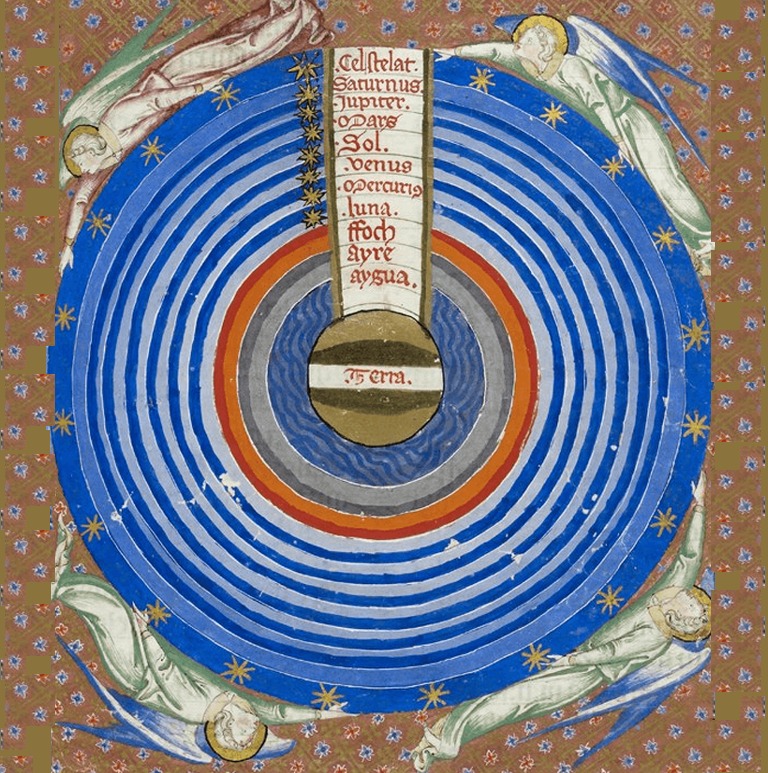Medieval Universe

Close
Celitelat
The sphere of fixed stars The sphere of Fixed starts The sphere of the fixed stars. Leonardo de Piero…
View detail
Close
Saturn
Saturn Saturn Saturn. Michael Scot, Liber de signis et ymaginibus celi. Wellcome Library MS 509 (ca.1450-60, North Italy), f.23r…
View detail
Close
Terra
EARTH Earth Leonardo de Piero Dati, La sfera. Wellcome Library MS 230 (mid 15th century), f.8r Earth Medieval people…
View detail
Close
Jupiter
Jupiter Jupiter Jupiter. Michael Scot, Liber de signis et ymaginibus celi. Wellcome Library MS 509 (ca.1450-60, North Italy), f.23v…
View detail
Close
Mars
Mars Mars Mars. Michael Scot, Liber de signis et ymaginibus celi. Wellcome Library MS 509 (ca.1450-60, North Italy), f.23v…
View detail
Close
Sol
The SUN The Sun The Sun. Michael Scot, Liber de signis et ymaginibus celi. Wellcome Library MS 509 (ca.1450-60,…
View detail
Close
Venus
Venus Venus Venus. Michael Scot, Liber de signis et ymaginibus celi. Wellcome Library MS 509 (ca.1450-60, North Italy), f.23v…
View detail
Close
Mercury
Mercury Mercury Mercury. Michael Scot, Liber de signis et ymaginibus celi. Wellcome Library MS 509 (ca.1450-60, North Italy), f.26r…
View detail
Close
Luna
The MOON The Moon The Moon. Michael Scot, Liber de signis et ymaginibus celi. Wellcome Library MS 509 (ca.1450-60,…
View detail
Close
Ffoch
FIRE Fire Man warming himself by a fire. Illustration with pisces for the calendar page for February. A Man…
View detail
Close
Ayre
AIR Air Leonardo de Piero Dati, La sfera. Wellcome Library MS 230 (mid 15th century), f.7r Air Its qualities…
View detail
Close
Aysua
WATER Water Leonardo de Piero Dati, La sfera. Wellcome Library MS 230 (mid 15th century), f.16r Water A quarter…
View detail
